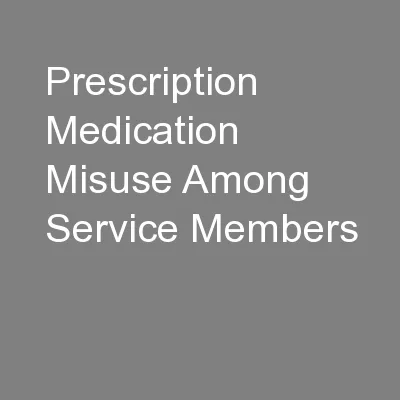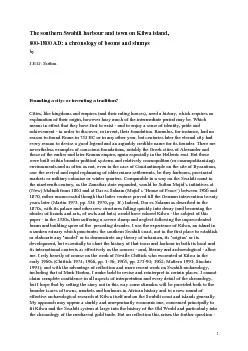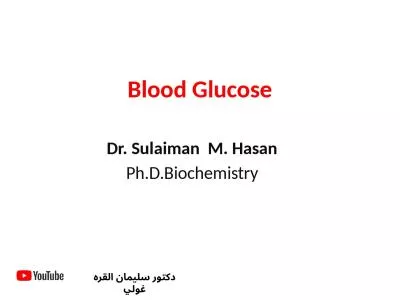PPT-Goup4 Members KAREMERA SULAIMAN NOURDINE
Author : luanne-stotts | Published Date : 2020-04-03
12113014 KAMUSIIME GASATURA DARIUS 12214974 KEZA GLADYS KELLY 12215229 MACHARIA GEORGE 12113074
Presentation Embed Code
Download Presentation
Download Presentation The PPT/PDF document " Goup4 Members KAREMERA SULAIMAN ..." is the property of its rightful owner. Permission is granted to download and print the materials on this website for personal, non-commercial use only, and to display it on your personal computer provided you do not modify the materials and that you retain all copyright notices contained in the materials. By downloading content from our website, you accept the terms of this agreement.
Goup4 Members KAREMERA SULAIMAN NOURDINE : Transcript
Download Rules Of Document
" Goup4 Members KAREMERA SULAIMAN NOURDINE "The content belongs to its owner. You may download and print it for personal use, without modification, and keep all copyright notices. By downloading, you agree to these terms.
Related Documents














